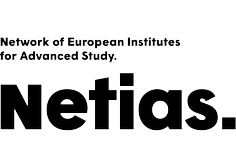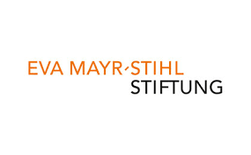Carlos Vega: "Describing water using computer simulation"
| Wann |
15.03.2012 von 13:15 bis 14:00 |
|---|---|
| Wo | FRIAS Seminar Room, Albertstr. 19, 79104 Freiburg |
| Name | Francesco Rao |
| Kontakttelefon | +49 761 203 97418 |
| Teilnehmer |
Open to University employees |
| Termin übernehmen |
|
Carlos Vega de las Heras
Departamento de Quimica Fisica, Facultad de Ciencias Quimicas, Universidad Complutense de Madrid
Describing water using computer simulation
An important problem if one wishes to perform computer simulations of water is the description of the interaction energy between molecules, i.e the water potential. Such a potential can be obtained either from first principles or by using empirical potentials. In our research group we have calculated the phase diagram of water using a number of different empirical potential models. Only the TIP4P model was able to provide a qualitatively correct description of the phase diagram of water. The parameters of this model were then fine-tuned in order to improve the melting point and overall phase diagram, leading to the TIP4P/2005 model. It will be shown that TIP4P/2005 provides a good description of the vapour-liquid equilibria, surface tension, global phase diagram, ice properties, maximum in density, structure, equation of state at high pressures, diffusion coefficient, and viscosity.
The model is good enough to allow us to explore new physical phenomena for which the experimental results are limited or are unavailable, for instance: the existence of a quasi-liquid layer on the free surface of ice, the existence of a liquid-liquid transition in super-cooled water, the possible appearance of plastic crystal phases in the phase diagram of water, and the impact on nuclear quantum effects on the properties of water. Results will be presented for these important problems. Nevertheless, the model does have some deficiencies and it should be improved by incorporating polarisation and quantum statistics in the description of water. All said and done, it is surprising to see how much understanding of water can be achieved by using simply 3 charges and 1 Lennard-Jones centre.





